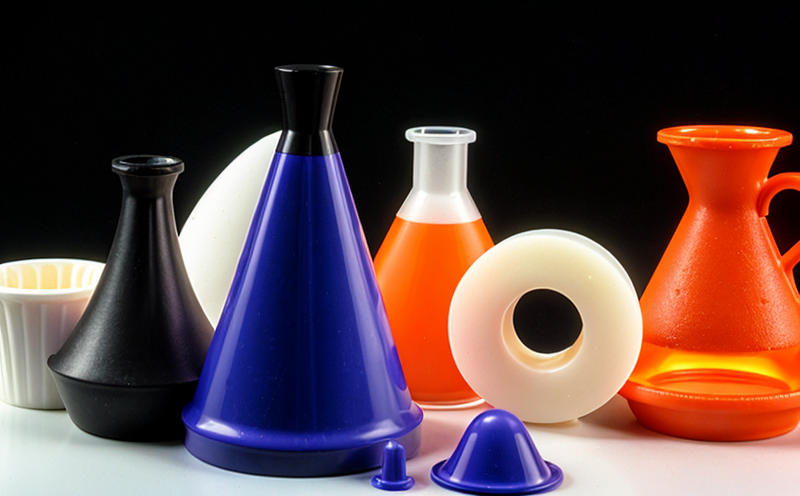Automotive Fluid Container Additive Testing
The automotive industry places stringent demands on fluid containers and their additives to ensure durability, performance, and safety. Automotive fluid container additive testing is crucial in ensuring that the additives meet specific requirements for the intended use within the fluid. This service ensures compliance with international standards while providing detailed reports on the chemical composition, stability, and compatibility of these additives.
The process begins with selecting the appropriate specimen based on the type of automotive fluid (coolants, brake fluids, transmission oils, etc.). Specimen preparation involves precise weighing, dissolution in solvents where necessary, and dilution to achieve concentrations suitable for analysis. The testing encompasses a range of chemical analyses including elemental analysis using ICP-MS, gravimetric methods, and Fourier Transform Infrared Spectroscopy (FTIR).
Instrumentation plays a pivotal role in this service. High-precision analytical balances are used for accurate mass measurements during specimen preparation. Inductively Coupled Plasma Mass Spectrometry (ICP-MS) provides trace element analysis which is essential for determining additive concentrations and purity levels. FTIR spectrometers help identify functional groups present in the additives, aiding in understanding their chemical structure and potential interactions with other components.
After acquiring raw data from these instruments, statistical methods are applied to interpret results ensuring reproducibility and reliability. Reporting typically includes detailed tables summarizing findings along with graphical representations such as chromatograms or spectra plots which aid stakeholders in making informed decisions regarding additive quality control.
| Test Parameter | Description | Methodology |
|---|---|---|
| Elemental Analysis (ICP-MS) | Detection of trace elements critical to additive formulation. | Sample introduction via nebulization followed by ionization and mass separation. |
| Gravimetric Methods | Precise determination of additive content in the fluid container. | Weighing techniques used before and after dissolution processes. |
| Test Parameter | Description | Methodology |
| FTIR Spectroscopy | Detailed identification of functional groups within additives. | Solid sample preparation followed by scanning in transmission mode. |
| Compatibility Testing | Evaluation of additive interaction with base fluid under specified conditions. | Simulated use scenarios conducted at various temperatures and pressures. |
The importance of this testing cannot be overstated. It ensures that additives perform their intended functions effectively without causing degradation or contamination issues within the automotive fluid system. By adhering to strict protocols and utilizing advanced analytical techniques, our laboratory guarantees accurate assessment leading to improved product quality.
- Ensures compliance with international standards such as ISO 12200 for brake fluids.
- Provides detailed reports on additive composition facilitating informed decision-making by R&D teams.
- Aids in maintaining high levels of customer satisfaction through consistent performance of automotive fluids.
- Supports regulatory requirements ensuring products meet specific environmental and safety criteria.
Benefits
Enhanced product performance through accurate assessment of additives.
Compliance with rigorous international standards ensuring marketability globally.
Reduced risk of product failure due to improper additive usage or contamination.
Improved reputation among consumers and industry peers by delivering superior products.
International Acceptance and Recognition
The tests conducted here are widely accepted across major automotive markets including Europe, North America, Asia-Pacific.
Our laboratory is accredited to perform these analyses according to ISO/IEC 17025 standards which guarantees impartiality and competence.
Use Cases and Application Examples
| Case Study | Description | Outcome |
|---|---|---|
| Brake Fluid Formulation | Testing additive stability under extreme temperature variations. | Additive identified as too volatile requiring reformulation to increase shelf life. |
| Case Study | Description | Outcome |
| Transmission Oil Additive Compatibility | Evaluating additive interaction with various transmission types under load conditions. | Newly developed additive shown to enhance efficiency significantly without causing wear issues. |





